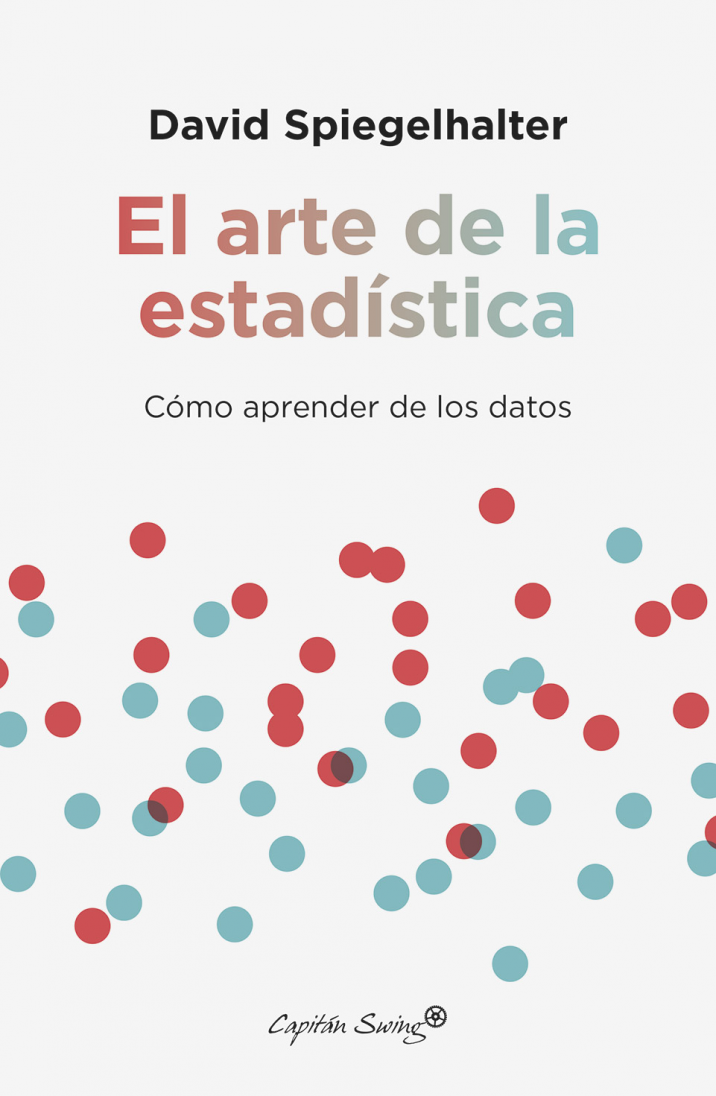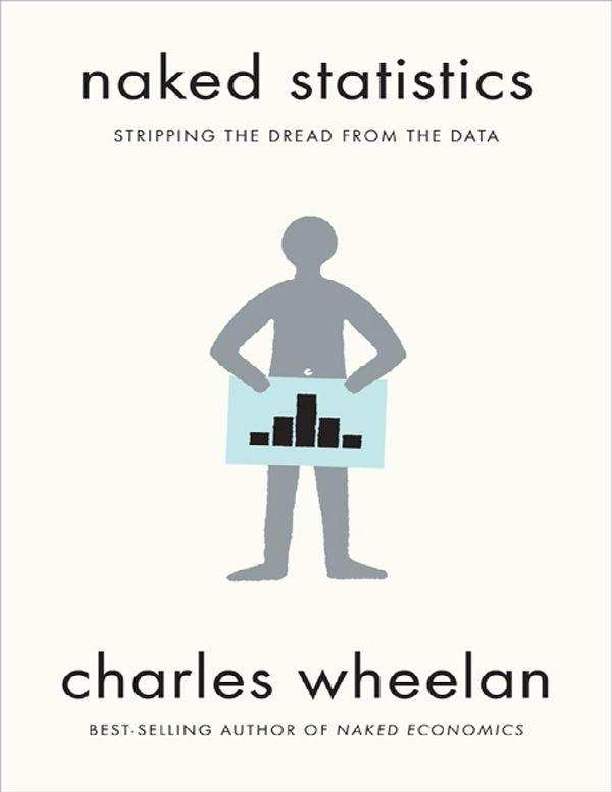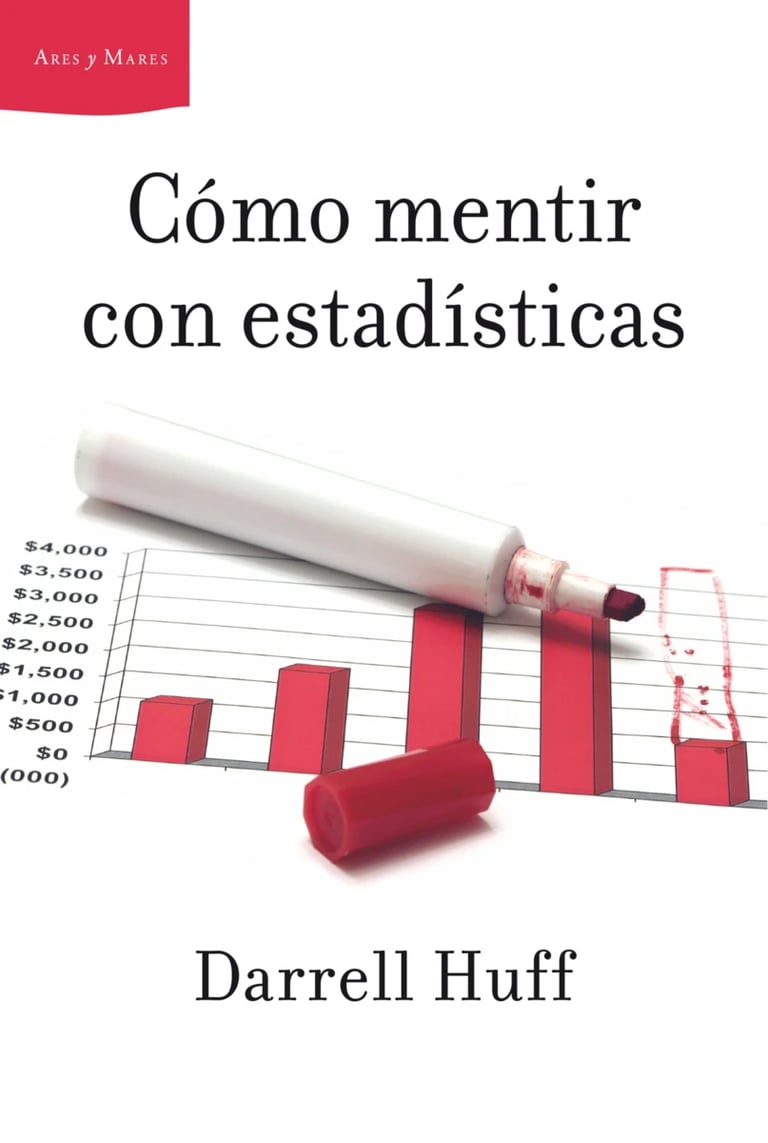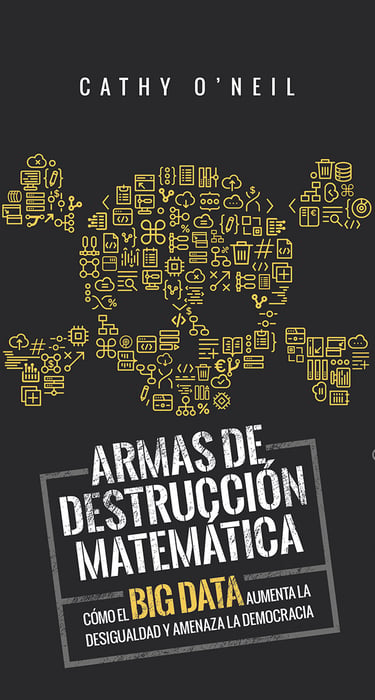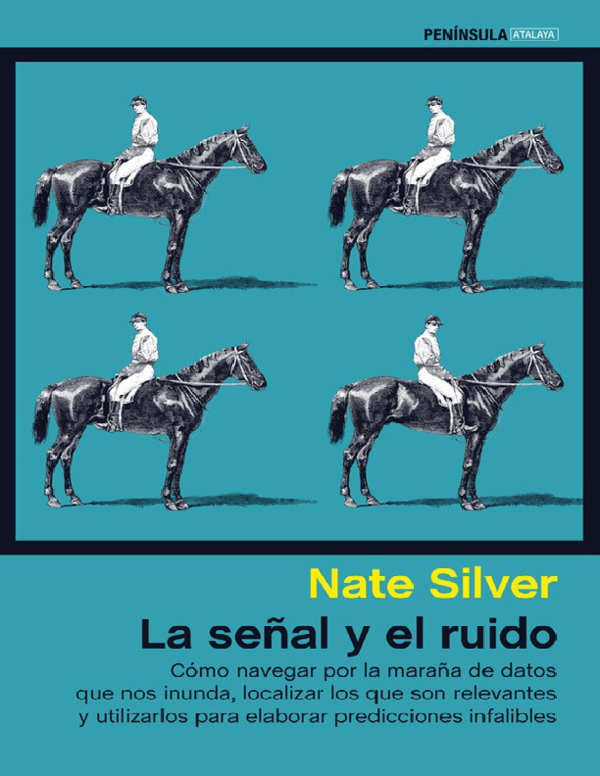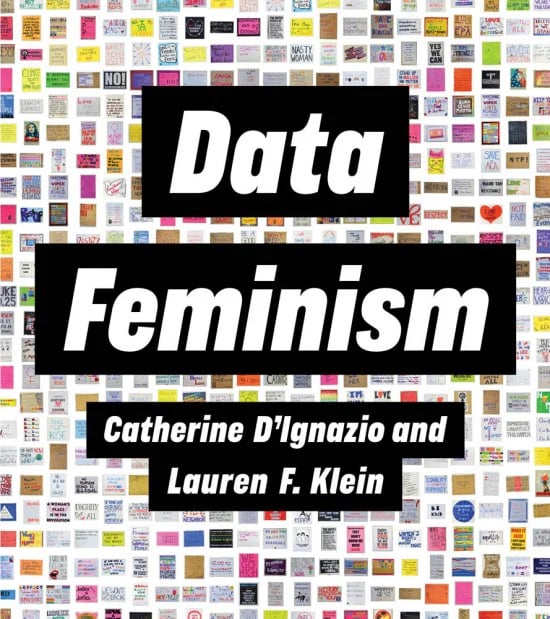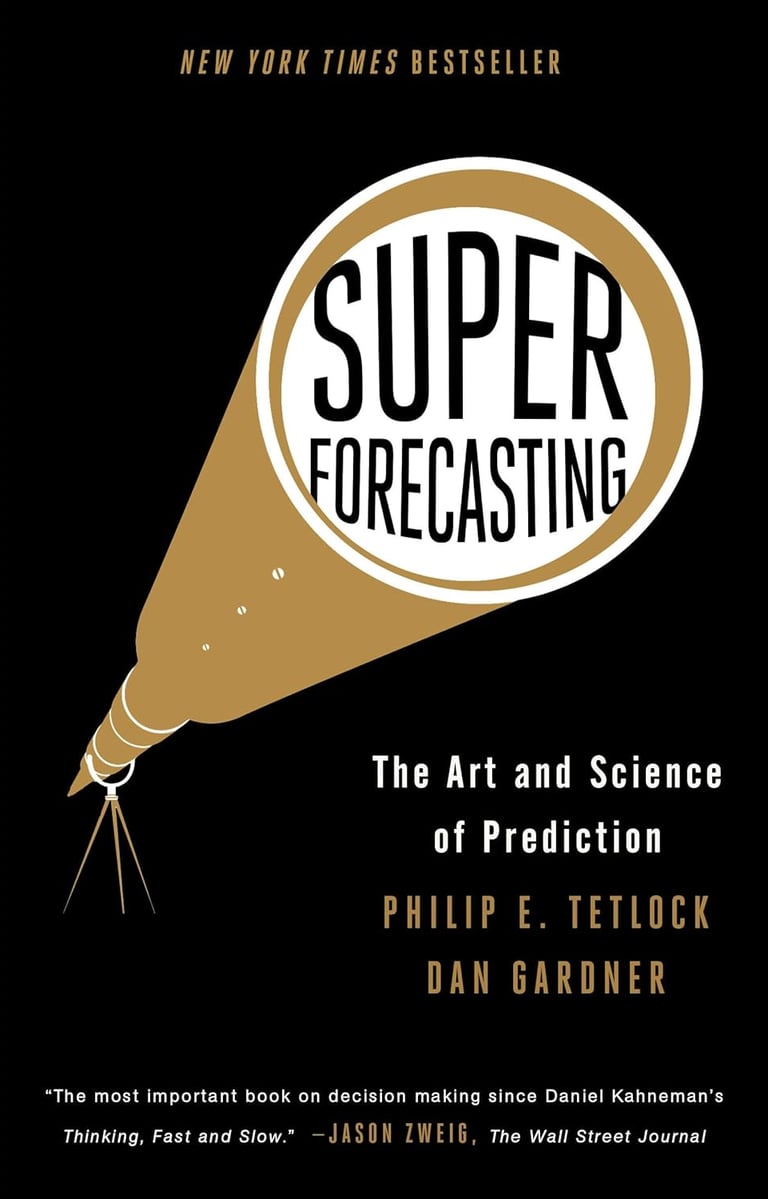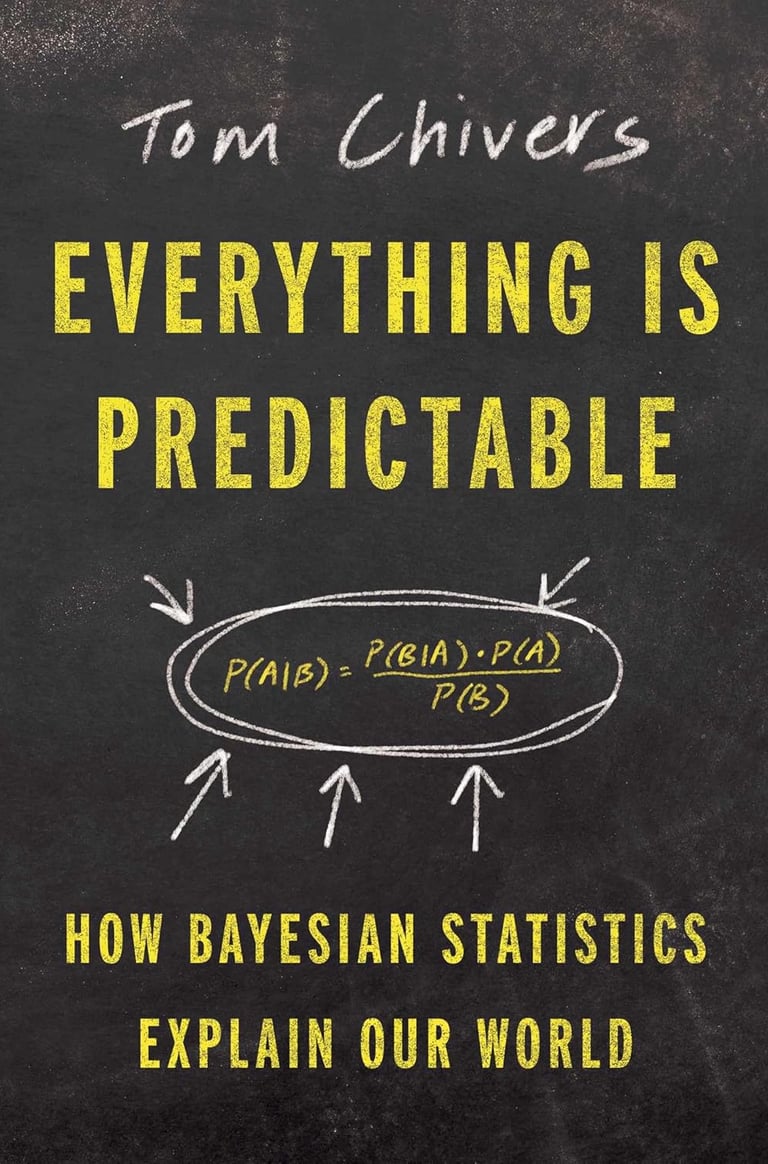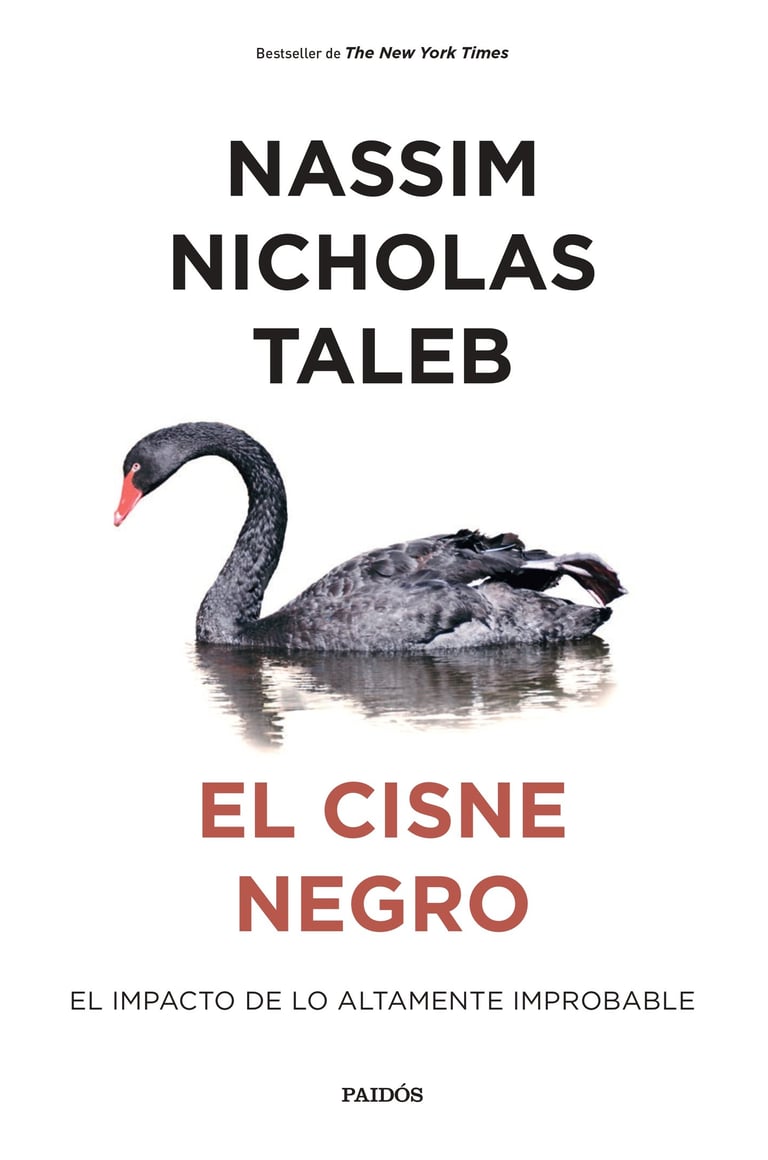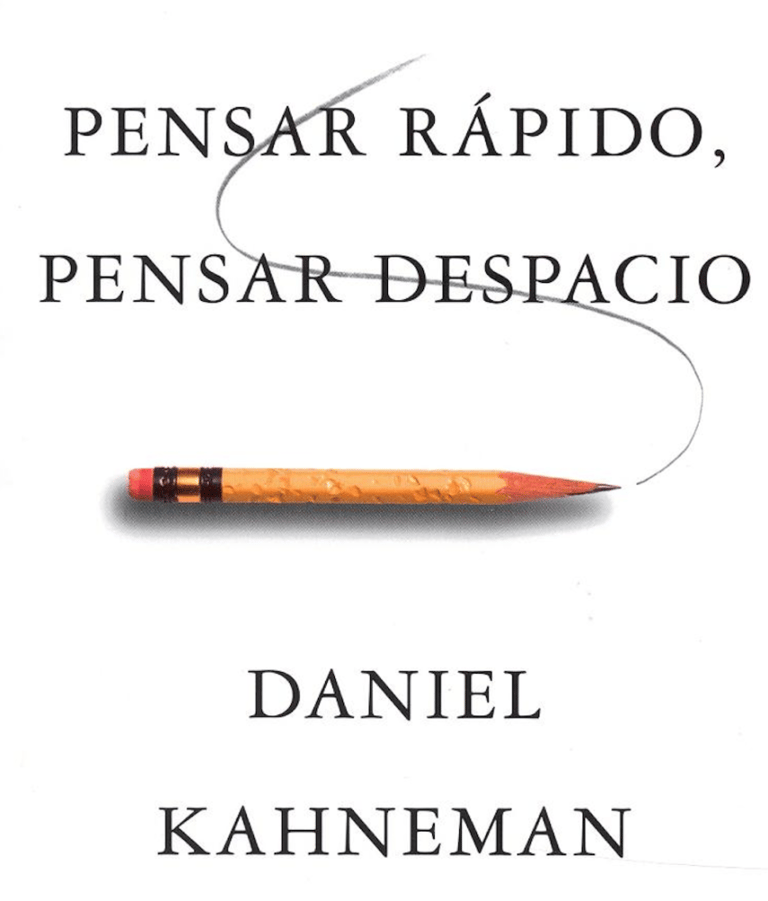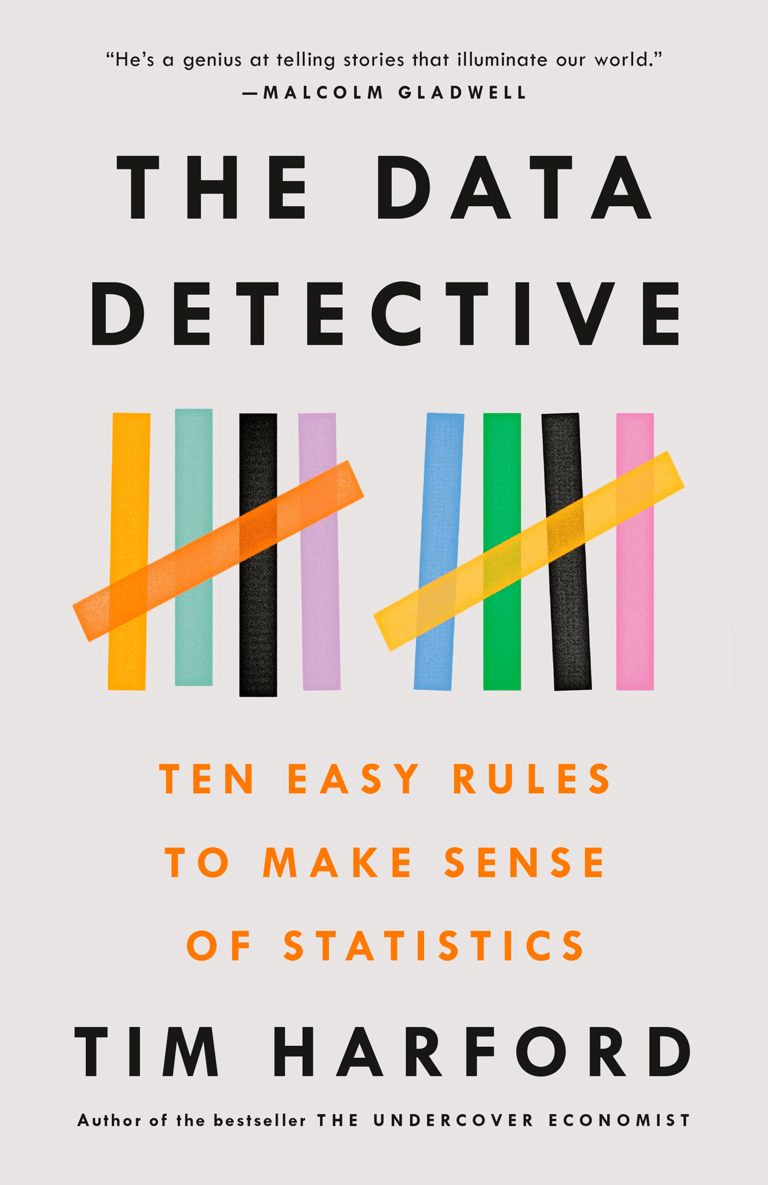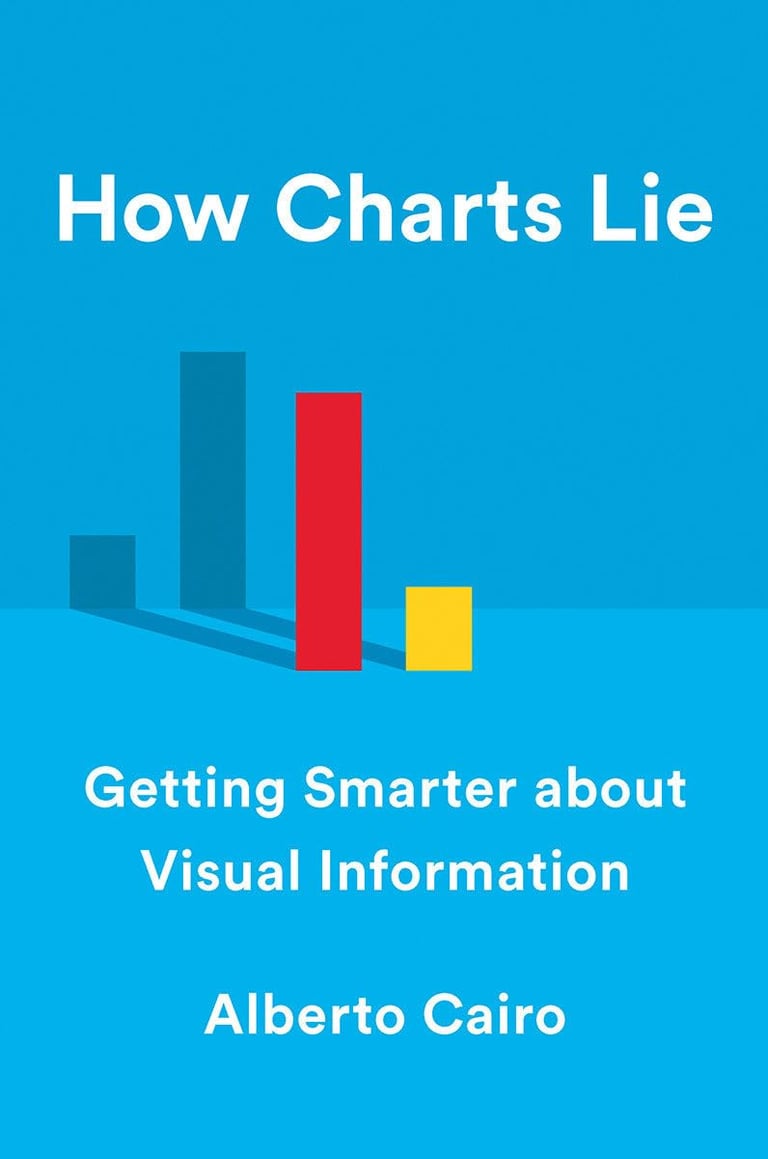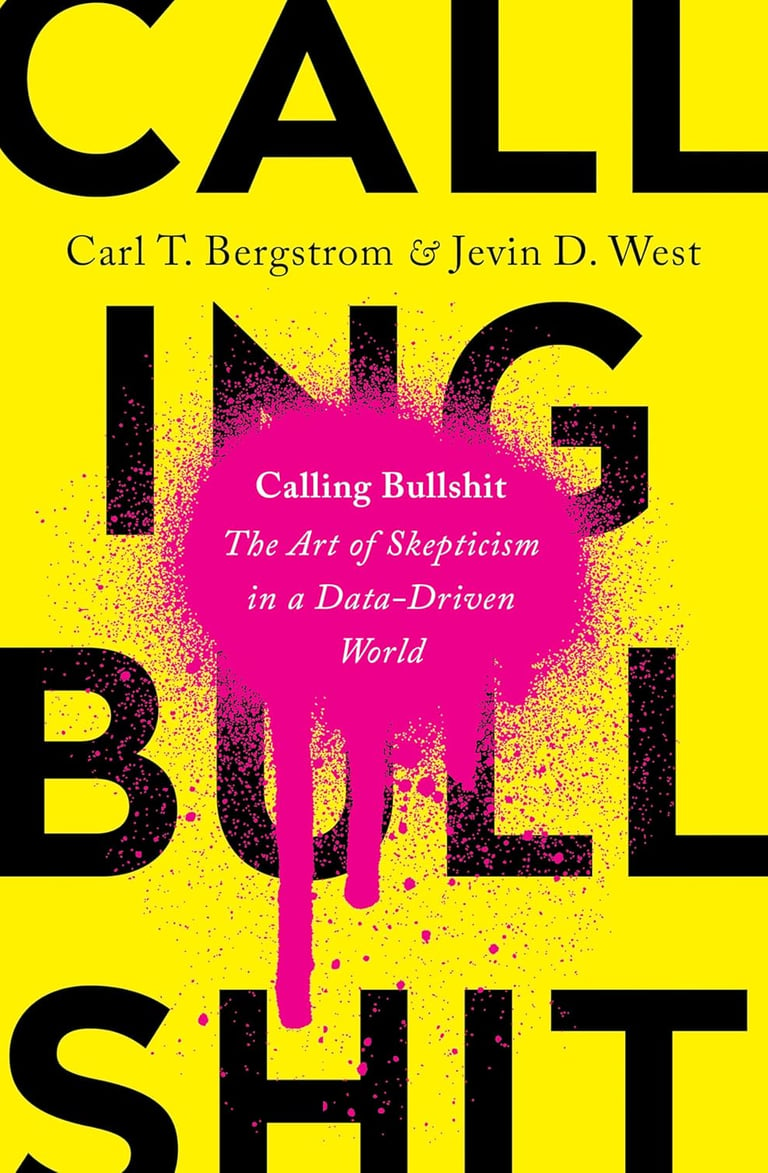Libros de Estadística que te encantarán
Reseña y descarga de libros de Divulgación científica en estadística
Carolina Ramírez Patiño
5/14/202518 min read
Desbloquea el Poder de los Datos: Por Qué la Lectura es Tu Mejor Aliada en la Divulgación Científica Estadística
En el fascinante mundo de la estadística, donde los números bailan y los datos revelan historias ocultas, la divulgación científica juega un papel crucial. No se trata solo de realizar análisis complejos, sino también de comunicar esos hallazgos de manera clara, accesible y, sobre todo, impactante para una audiencia más amplia. Y aquí es donde la lectura se convierte en nuestra herramienta más poderosa.
Más Allá de las Fórmulas: La Riqueza de la Lectura en Estadística
Quizás pienses que la estadística se limita a ecuaciones y gráficos. ¡Nada más lejos de la realidad! Sumergirse en libros, artículos y blogs bien escritos sobre estadística te ofrece una perspectiva mucho más rica y profunda:
Comprensión Conceptual Profunda: La lectura te permite explorar los fundamentos teóricos detrás de los métodos estadísticos, entendiendo el por qué detrás del cómo. Esto va más allá de la aplicación mecánica de fórmulas y te dota de una base sólida para abordar problemas complejos.
Desarrollo del Pensamiento Crítico: Al exponerte a diferentes enfoques, interpretaciones y debates dentro del campo de la estadística, la lectura agudiza tu capacidad de análisis y te ayuda a discernir la validez y las limitaciones de los diferentes métodos.
Ampliación del Vocabulario y la Comunicación: Una buena divulgación científica requiere un lenguaje preciso pero accesible. La lectura te familiariza con una variedad de términos, estilos de escritura y estrategias comunicativas efectivas para transmitir conceptos estadísticos complejos de manera clara y atractiva.
Inspiración y Nuevas Perspectivas: A través de la lectura, descubres cómo otros comunicadores científicos han logrado simplificar ideas complejas, contar historias convincentes con datos y generar un impacto real en su audiencia. Esto puede inspirarte a encontrar tus propias formas creativas de divulgar la estadística.
Mantenerse al Día: El campo de la estadística está en constante evolución. La lectura regular de publicaciones especializadas y divulgativas te mantiene actualizado sobre las últimas metodologías, herramientas y descubrimientos.
Libros descargables ordenados en una posible secuencia lógica de lectura, desde lo más introductorio hasta temas más avanzados o filosóficos:
1. Introducción a la estadística y pensamiento crítico
"Cómo mentir con estadísticas" – Darrell Huff
Una introducción clásica y ligera sobre cómo se pueden manipular los datos."Naked Statistics" – Charles Wheelan
Ideal para principiantes. Explica los conceptos clave de la estadística de forma amena."El arte de la estadística" – David Spiegelhalter
Más riguroso que los anteriores, pero muy accesible. Da una buena base para comprender cómo usar la estadística correctamente.
2. Uso del análisis de datos en la sociedad
"Armas de destrucción matemática" – Cathy O'Neil
Muestra el lado oscuro de los algoritmos y el mal uso de los modelos matemáticos."Data Feminism" – Catherine D’Ignazio y Lauren F. Klein
Un enfoque crítico y ético sobre cómo los datos reflejan y refuerzan desigualdades.
3. Probabilidad, predicción e incertidumbre
"Superforecasting" – Philip E. Tetlock y Dan Gardner
Sobre cómo algunas personas hacen mejores predicciones que otras, con base en estadística y psicología."Everything is Predictable" – Tom Chivers
Explora cómo las herramientas estadísticas nos permiten entender patrones del mundo."La señal y el ruido" – Nate Silver
Cómo distinguir información útil (señal) del ruido en los datos. Fundamental en análisis predictivo.
4. Filosofía de la probabilidad y del pensamiento humano
"El cisne negro" – Nassim Nicholas Taleb
Un análisis de eventos raros e impredecibles que tienen gran impacto, y cómo la estadística tradicional falla al capturarlos."Pensar rápido, pensar despacio" – Daniel Kahneman
Profundiza en cómo tomamos decisiones y cómo el pensamiento estadístico se ve afectado por sesgos cognitivos.
Tu Puerta de Entrada al Mundo de la Estadística (¡En PDF!)
Entendiendo la importancia de tener acceso a recursos de calidad, me complace ofrecerte la oportunidad de profundizar en estos temas. Contactándome directamente o ingresa a Telegram en los botones abajo, podrás acceder a los libros en formato PDF.
No pierdas la oportunidad de fortalecer tu comprensión de la estadística y mejorar tus habilidades de comunicación científica. ¡La lectura es el primer paso hacia un mundo de datos más accesible y significativo!
¡Espero tu mensaje para compartir este recurso contigo!
Si tienes alguna sugerencia, es bienvenida.
2023 | ESP - ENG
La noche en la que la ultraderecha negocia su entrada en el Gobierno de Francia, supone para tres personas la culminación de 25 años de violencia, secretos y manipulación. Como presidenta del Bloque Patriótico, Agnès, hija del líder histórico de la extrema derecha, dirige las negociaciones. Su marido, Antoine, un esnob rojipardo y principal intelectual del Bloque, espera el resultado en su lujoso apartamento de París. Stanko, el jefe del servicio de orden y de la rama paramilitar de la organización, se esconde en el hotel más inmundo de la ciudad. Lo buscan los suyos para asesinarlo. Antoine podría ser secretario de Estado mañana; Stanko, mañana estará muerto. Durante un cuarto de siglo, los dos han sido como hermanos. Han estado involucrados en todas las acciones, legales o no, que los ha llevado al Gobierno. Han buscado la confrontación violenta y machacado a sus enemigos. El asesinato de Stanko es el precio a pagar por el Bloque para desligarse de un pasado violento y acceder al poder como una fuerza respetable. Con esta premonitoria novela sobre el ascenso de la ultraderecha en Francia, Jérôme Leroy cosechó un gran éxito editorial y alertó sobre el momento político que se repite en la mayoría de Europa.
2014 | ENG
Once considered tedious, the field of statistics is rapidly evolving into a discipline Hal Varian, chief economist at Google, has actually called "sexy." From batting averages and political polls to game shows and medical research, the real-world application of statistics continues to grow by leaps and bounds. How can we catch schools that cheat on standardized tests? How does Netflix know which movies you'll like? What is causing the rising incidence of autism? As best-selling author Charles Wheelan shows us in Naked Statistics, the right data and a few well-chosen statistical tools can help us answer these questions and more.For those who slept through Stats 101, this book is a lifesaver. Wheelan strips away the arcane and technical details and focuses on the underlying intuition that drives statistical analysis. He clarifies key concepts such as inference, correlation, and regression analysis, reveals how biased or careless parties can manipulate or misrepresent data, and shows us how brilliant and creative researchers are exploiting the valuable data from natural experiments to tackle thorny questions.And in Wheelan's trademark style, there's not a dull page in sight. You'll encounter clever Schlitz Beer marketers leveraging basic probability, an International Sausage Festival illuminating the tenets of the central limit theorem, and a head-scratching choice from the famous game show Let's Make a Deal--and you'll come away with insights each time. With the wit, accessibility, and sheer fun that turned Naked Economics into a bestseller, Wheelan defies the odds yet again by bringing another essential, formerly unglamorous discipline to life.
Lo que estas páginas, escritas con ingenio y humor, nos ofrecen es, en realidad, un curso de sentido común para aprender a descubrir los ardides con los que cada día pretenden engañarnos, manipulando cifras y gráficas, los medios de comunicación, los políticos, la publicidad… Lo que aquí se nos cuenta resulta divertido; pero es bueno tomarlo en serio, porque, como nos dice el autor, “los desaprensivos ya conocen estos trucos; los hombres honrados deben aprenderlos en defensa propia”
1954 | ESP - ENG
2016 | ESP
Vivimos en la edad del algoritmo. Las decisiones que afectan a nuestras vidas no están hechas por humanos, sino por modelos matemáticos. En teoría, esto debería conducir a una mayor equidad: todos son juzgados de acuerdo con las mismas reglas, sin sesgo. Pero en realidad, ocurre exactamente lo contrario. Los modelos que se utilizan en la actualidad son opacos, no regulados e incontestables, incluso cuando están equivocados. Esto deriva en un refuerzo de la discriminación: si un estudiante pobre no puede obtener un préstamo porque un modelo de préstamo lo considera demasiado arriesgado (en virtud de su código postal), quedará excluido del tipo de educación que podría sacarlo de la pobreza, produciéndose una espiral viciosa. Los modelos apuntalan a los afortunados y castigan a los oprimidos: bienvenido al lado oscuro del big data. O’Neil expone los modelos que dan forma a nuestro futuro, como individuos y como sociedad. Estas «armas de destrucción matemática» califican a maestros y estudiantes, ordenan currículos, conceden (o niegan) préstamos, evalúan a los trabajadores, se dirigen a los votantes, fijan la libertad condicional y monitorean nuestra salud.
Los seres humanos estamos obligados ser previsores. Nuestra supervivencia depende de la capacidad que tengamos para anticiparnos a lo que pueda ocurrir, sea en el ámbito que sea. Y aunque pudiera parecer que la tecnología nos lo pone cada vez más fácil, lo cierto es que vivimos ante el riesgo de ser sepultados por la cantidad de datos que recibimos a diario. Cualquier intento de procesar, organizar y asimilar toda esa información puede llevarnos al colapso.
Nate Silver investiga cómo podemos distinguir el contenido relevante del que no lo es. Para ello, recurre a expertos en diversas áreas de la predicción —desde meteorólogos que pronostican huracanes, hasta analistas deportivos, jugadores de póker y gurús del mercado de valores—, y expone sus métodos más efectivos y rigurosos. Además, analiza ejemplos históricos y recientes para mostrar cómo aplicar el pensamiento crítico, el análisis estadístico y la capacidad de discernir entre todos los estímulos informativos a los que estamos expuestos, convirtiéndonos así en individuos más precisos.
2012 | ESP - ENG
2020 | ESP - ENG
A new way of thinking about data science and data ethics that is informed by the ideas of intersectional feminism.Today, data science is a form of power. It has been used to expose injustice, improve health outcomes, and topple governments. But it has also been used to discriminate, police, and surveil. This potential for good, on the one hand, and harm, on the other, makes it essential to ask: Data science by whom? Data science for whom? Data science with whose interests in mind? The narratives around big data and data science are overwhelmingly white, male, and techno-heroic. In Data Feminism, Catherine D'Ignazio and Lauren Klein present a new way of thinking about data science and data ethics--one that is informed by intersectional feminist thought.Illustrating data feminism in action, D'Ignazio and Klein show how challenges to the male/female binary can help challenge other hierarchical (and empirically wrong) classification systems. They explain how, for example, an understanding of emotion can expand our ideas about effective data visualization, and how the concept of invisible labor can expose the significant human efforts required by our automated systems. And they show why the data never, ever "speak for themselves."Data Feminism offers strategies for data scientists seeking to learn how feminism can help them work toward justice, and for feminists who want to focus their efforts on the growing field of data science. But Data Feminism is about much more than gender. It is about power, about who has it and who doesn't, and about how those differentials of power can be challenged and changed.
2015 | ENG
NEW YORK TIMES BESTSELLER • NAMED ONE OF THE BEST BOOKS OF THE YEAR BY THE ECONOMIST
“The most important book on decision making since Daniel Kahneman's Thinking, Fast and Slow.”—Jason Zweig, The Wall Street Journal
Everyone would benefit from seeing further into the future, whether buying stocks, crafting policy, launching a new product, or simply planning the week’s meals. Unfortunately, people tend to be terrible forecasters. As Wharton professor Philip Tetlock showed in a landmark 2005 study, even experts’ predictions are only slightly better than chance. However, an important and underreported conclusion of that study was that some experts do have real foresight, and Tetlock has spent the past decade trying to figure out why. What makes some people so good? And can this talent be taught?
In Superforecasting, Tetlock and coauthor Dan Gardner offer a masterwork on prediction, drawing on decades of research and the results of a massive, government-funded forecasting tournament. The Good Judgment Project involves tens of thousands of ordinary people—including a Brooklyn filmmaker, a retired pipe installer, and a former ballroom dancer—who set out to forecast global events. Some of the volunteers have turned out to be astonishingly good. They’ve beaten other benchmarks, competitors, and prediction markets. They’ve even beaten the collective judgment of intelligence analysts with access to classified information. They are "superforecasters."
In this groundbreaking and accessible book, Tetlock and Gardner show us how we can learn from this elite group. Weaving together stories of forecasting successes (the raid on Osama bin Laden’s compound) and failures (the Bay of Pigs) and interviews with a range of high-level decision makers, from David Petraeus to Robert Rubin, they show that good forecasting doesn’t require powerful computers or arcane methods. It involves gathering evidence from a variety of sources, thinking probabilistically, working in teams, keeping score, and being willing to admit error and change course.
Superforecasting offers the first demonstrably effective way to improve our ability to predict the future—whether in business, finance, politics, international affairs, or daily life—and is destined to become a modern classic.
“Bayes’s moment has clearly arrived.” —The Wall Street Journal
A captivating and user-friendly tour of Bayes’s theorem and its global impact on modern life from the acclaimed science writer and author of The Rationalist’s Guide to the Galaxy.
At its simplest, Bayes’s theorem describes the probability of an event, based on prior knowledge of conditions that might be related to the event. But in Everything Is Predictable, Tom Chivers lays out how it affects every aspect of our lives. He explains why highly accurate screening tests can lead to false positives and how a failure to account for it in court has put innocent people in jail. A cornerstone of rational thought, many argue that Bayes’s theorem is a description of almost everything.
But who was the man who lent his name to this theorem? How did an 18th-century Presbyterian minister and amateur mathematician uncover a theorem that would affect fields as diverse as medicine, law, and artificial intelligence?
Fusing biography, razor-sharp science writing, and intellectual history, Everything Is Predictable is an entertaining tour of Bayes’s theorem and its impact on modern life, showing how a single compelling idea can have far reaching consequences.
2024 | ENG
2011 | ESP - ENG
La obra definitiva del psicólogo más importante del mundo, premio Nobel de Economía en 2002.
En Pensar rápido, pensar despacio, un éxito internacional, Kahneman nos ofrece una revolucionaria perspectiva del cerebro y explica los dos sistemas que modelan cómo pensamos. Daniel Kahneman, uno de los pensadores más importantes del mundo, recibió el premio Nobel de Economía por su trabajo pionero en psicología sobre el modelo racional de la toma de decisiones. Sus ideas han tenido un profundo impacto en campos tan diversos como la economía, la medicina o la política, pero hasta ahora no había reunido la obra de su vida en un libro.
En este libro Kahneman expone la extraordinaria capacidad (y también los errores y los sesgos) del pensamiento rápido, y revela la duradera influencia de las impresiones intuitivas sobre nuestro pensamiento y nuestra conducta. Toca muchos temas que nos afectan en el día a día: el impacto de la aversión a la pérdida y el exceso de confianza en las estrategias empresariales, la dificultad de predecir lo que nos hará felices en el futuro, el reto de enmarcar adecuadamente los riesgos en el trabajo y en el hogar, el profundo efecto de los sesgos cognitivos sobre todo lo que hacemos, desde jugar en la Bolsa hasta planificar las vacaciones; todo esto solo puede ser comprendido si entendemos el funcionamiento conjunto de los dos sistemas del cerebro a la hora de formular nuestros juicios y decisiones.
Al implicar al lector en una animada reflexión sobre cómo pensamos, Kahneman consigue revelar cuándo podemos confiar en nuestras intuiciones y cuándo no, y de qué modo podemos aprovechar los beneficios del pensamiento lento. Además, ofrece enseñanzas prácticas e iluminadoras sobre cómo se adoptan decisiones en la vida profesional o personal, y sobre cómo podemos usar distintas técnicas para protegernos de los fallos mentales que nos crean problemas. Pensar rápido, pensar despacio cambiará para siempre nuestra manera de pensar sobre cómo pensamos.
2007 | ESP
Durante años, Nassim Nicholas Taleb ha estudiado cómo nos engañamos al pensar que creemos saber más de lo que realmente sabemos, y por qué perdemos el tiempo con lo irrelevante e intrascendente, cuando en realidad nuestro mundo gira alrededor de los grandes acontecimientos que nos sorprenden.
En este fascinante ensayo, el autor nos explica lo que sabemos y lo que ignoramos, nos dibuja las fronteras entre realidad y percepción, y nos abre las puertas del increíble mundo de los «cisnes negros», esos sucesos impredecibles pero con un impacto inabarcable. Para intentar entenderlos, elaboramos explicaciones que no tienen en cuenta el azar y que solo buscan encajar lo imprevisible en un modelo perfecto.
Estas partes integrantes de nuestro mundo, que incluyen desde el auge de las religiones hasta los acontecimientos de nuestra vida personal, el éxito de Google y YouTube o incluso el 11S, son imposibles de identificar hasta después de que haya sucedido. Según Taleb, esto se debe a que los humanos aprendemos a centrarnos en los hechos específicos, más que en los generales. Nos empeñamos en investigar las cosas ya sabidas, obviando lo que desconocemos, lo que nos impide reconocer nuevas oportunidades.
En El cisne negro, un ensayo elegante, sorprendente y con reflexiones de alcance universal, Taleb nos enseña cómo dejar de intentar de predecirlo todo y aprovecharnos de la incertidumbre. Esta obra, un cisne negro en sí mismo, transformará nuestra manera de mirar el mundo.
Los siguientes recursos se encuentran disponibles, en la información puedes observar la portada, el año de publicación, el idioma en el cual se encuentra el libro en formato pdf (ESP - español y ENG - inglés) y la sipnosis. Si deseas adquirir alguno en físico puedes ingresar al enlace que te lleva al pasar el cursor por cada imagen.
Otros libros
Los siguientes libros son una sugerencia de lectura, no se encuentran en formato PDF. Si deseas adquirir alguno en físico puedes ingresar al enlace que te lleva al pasar el cursor por cada imagen.
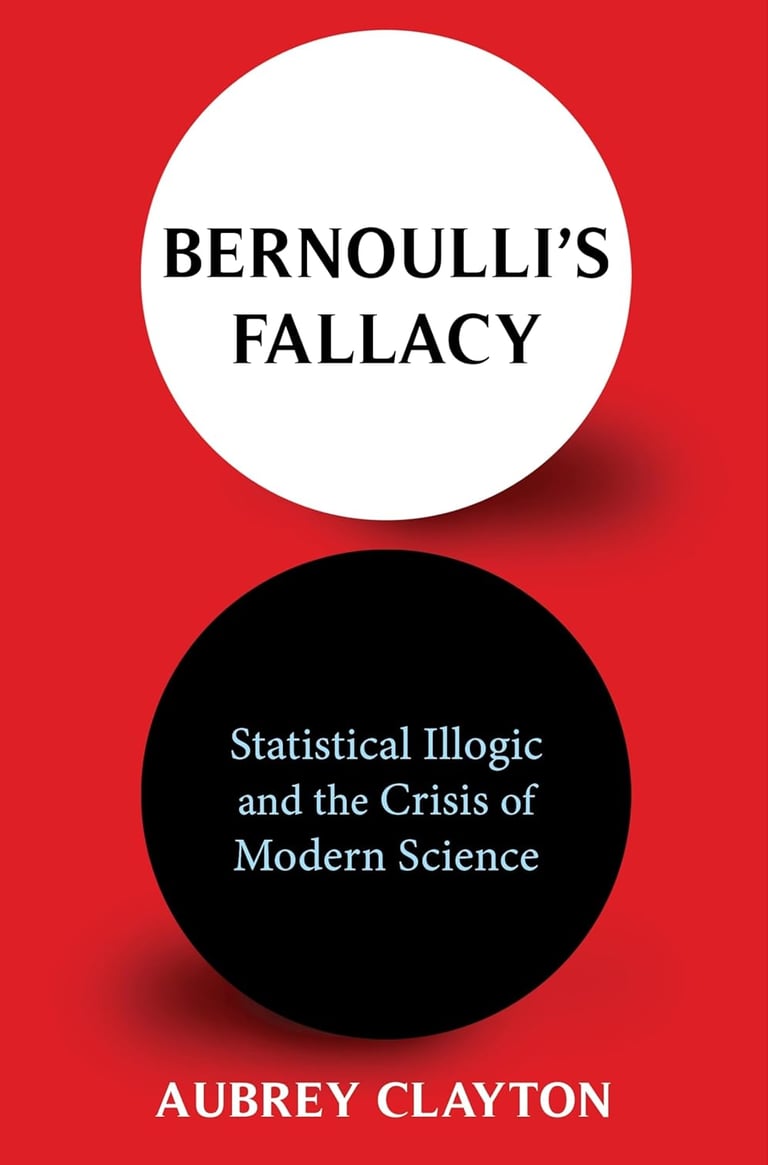

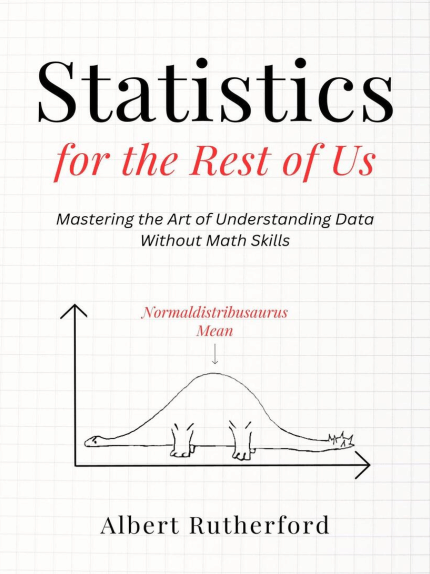

From "one of the great (greatest?) contemporary popular writers on economics" (Tyler Cowen) comes a smart, lively, and encouraging rethinking of how to use statistics. Today we think statistics are the enemy, numbers used to mislead and confuse us. That's a mistake, Tim Harford says in The Data Detective. We shouldn't be suspicious of statistics--we need to understand what they mean and how they can improve our lives: they are, at heart, human behavior seen through the prism of numbers and are often "the only way of grasping much of what is going on around us." If we can toss aside our fears and learn to approach them clearly--understanding how our own preconceptions lead us astray--statistics can point to ways we can live better and work smarter. As "perhaps the best popular economics writer in the world" (New Statesman), Tim Harford is an expert at taking complicated ideas and untangling them for millions of readers. In The Data Detective, he uses new research in science and psychology to set out ten strategies for using statistics to erase our biases and replace them with new ideas that use virtues like patience, curiosity, and good sense to better understand ourselves and the world. As a result, The Data Detective is a big-idea book about statistics and human behavior that is fresh, unexpected, and insightful.
Are you intimidated by statistics? Do you struggle to make sense of the numbers and data that are so prevalent in today's world? If so, you're not alone. Statistics can be a challenging and complex subject, but with the right guidance, you can learn the basics and understand the world through data - without the calculations. That's why I've created Statistics for the Rest of Us, the ultimate guide to understanding statistics without complex equations. Statistics is a vital subject to learn. Statistics is used in almost every field and industry imaginable. From healthcare to finance to marketing, statistics are used to make important decisions, identify patterns and trends, and predict future outcomes. Without a basic understanding of statistics, it's easy to be left behind and taken advantage of. If you wonder where should you start, start here. Statistics for the Rest of Us takes a step-by-step approach to teaching the fundamentals of statistics ensuring that you'll never feel lost or overwhelmed. Whether you're a complete beginner or simply need a refresher, this book will guide you through the fundamental concepts in descriptive and inferential statistics. Simple. Easy-to-follow--Back cover.
A leading data visualization expert explores the negative―and positive―influences that charts have on our perception of truth.
We’ve all heard that a picture is worth a thousand words, but what if we don’t understand what we’re looking at? Social media has made charts, infographics, and diagrams ubiquitous―and easier to share than ever. We associate charts with science and reason; the flashy visuals are both appealing and persuasive. Pie charts, maps, bar and line graphs, and scatter plots (to name a few) can better inform us, revealing patterns and trends hidden behind the numbers we encounter in our lives. In short, good charts make us smarter―if we know how to read them.
However, they can also lead us astray. Charts lie in a variety of ways―displaying incomplete or inaccurate data, suggesting misleading patterns, and concealing uncertainty―or are frequently misunderstood, such as the confusing cone of uncertainty maps shown on TV every hurricane season. To make matters worse, many of us are ill-equipped to interpret the visuals that politicians, journalists, advertisers, and even our employers present each day, enabling bad actors to easily manipulate them to promote their own agendas.
In How Charts Lie, data visualization expert Alberto Cairo teaches us to not only spot the lies in deceptive visuals, but also to take advantage of good ones to understand complex stories. Public conversations are increasingly propelled by numbers, and to make sense of them we must be able to decode and use visual information. By examining contemporary examples ranging from election-result infographics to global GDP maps and box-office record charts, How Charts Lie demystifies an essential new literacy, one that will make us better equipped to navigate our data-driven world.
Bullshit isn’t what it used to be. Now, two science professors give us the tools to dismantle misinformation and think clearly in a world of fake news and bad data.
“A modern classic . . . a straight-talking survival guide to the mean streets of a dying democracy and a global pandemic.”—Wired
Misinformation, disinformation, and fake news abound and it’s increasingly difficult to know what’s true. Our media environment has become hyperpartisan. Science is conducted by press release. Startup culture elevates bullshit to high art. We are fairly well equipped to spot the sort of old-school bullshit that is based in fancy rhetoric and weasel words, but most of us don’t feel qualified to challenge the avalanche of new-school bullshit presented in the language of math, science, or statistics. In Calling Bullshit, Professors Carl Bergstrom and Jevin West give us a set of powerful tools to cut through the most intimidating data.
You don’t need a lot of technical expertise to call out problems with data. Are the numbers or results too good or too dramatic to be true? Is the claim comparing like with like? Is it confirming your personal bias? Drawing on a deep well of expertise in statistics and computational biology, Bergstrom and West exuberantly unpack examples of selection bias and muddled data visualization, distinguish between correlation and causation, and examine the susceptibility of science to modern bullshit.
We have always needed people who call bullshit when necessary, whether within a circle of friends, a community of scholars, or the citizenry of a nation. Now that bullshit has evolved, we need to relearn the art of skepticism.
There is a logical flaw in the statistical methods used across experimental science. This fault is not a minor academic quibble: it underlies a reproducibility crisis now threatening entire disciplines. In an increasingly statistics-reliant society, this same deeply rooted error shapes decisions in medicine, law, and public policy with profound consequences. The foundation of the problem is a misunderstanding of probability and its role in making inferences from observations.
Aubrey Clayton traces the history of how statistics went astray, beginning with the groundbreaking work of the seventeenth-century mathematician Jacob Bernoulli and winding through gambling, astronomy, and genetics. Clayton recounts the feuds among rival schools of statistics, exploring the surprisingly human problems that gave rise to the discipline and the all-too-human shortcomings that derailed it. He highlights how influential nineteenth- and twentieth-century figures developed a statistical methodology they claimed was purely objective in order to silence critics of their political agendas, including eugenics.
Clayton provides a clear account of the mathematics and logic of probability, conveying complex concepts accessibly for readers interested in the statistical methods that frame our understanding of the world. He contends that we need to take a Bayesian approach―that is, to incorporate prior knowledge when reasoning with incomplete information―in order to resolve the crisis. Ranging across math, philosophy, and culture, Bernoulli’s Fallacy explains why something has gone wrong with how we use data―and how to fix it.
